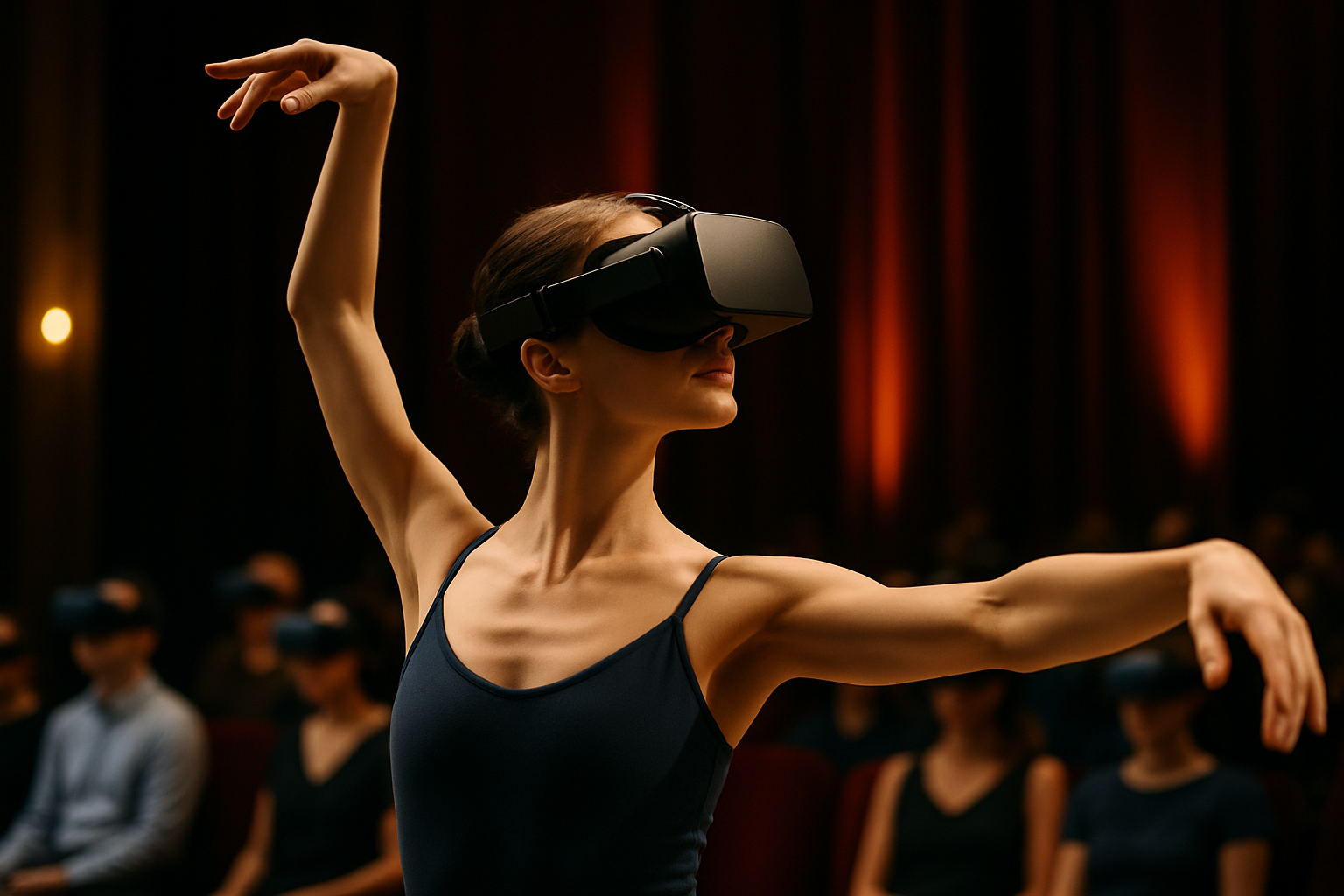Augmented Reality Theater: Blending Digital and Physical Stages
In the ever-evolving landscape of performing arts, a groundbreaking fusion of technology and theater is captivating audiences worldwide. Augmented Reality (AR) theater, a cutting-edge approach to storytelling, is redefining the boundaries between the digital and physical realms. This innovative art form combines live performances with digital overlays, creating immersive experiences that challenge traditional notions of theatrical space and audience participation. As AR technology becomes more sophisticated and accessible, theater companies and avant-garde artists are exploring its potential to revolutionize the way we experience and interact with live performances.

Bridging the Digital Divide
AR theater uniquely blends the tangible presence of live actors with the limitless possibilities of digital content. Through specialized headsets or smartphone applications, audiences can see virtual elements superimposed onto the physical stage. This convergence allows for dynamic set changes, fantastical creatures, and interactive elements that respond to the performers’ movements in real-time.
Redefining Audience Engagement
One of the most transformative aspects of AR theater is its ability to heighten audience engagement. Traditional theater often maintains a clear separation between performers and spectators. AR theater, however, blurs these lines by allowing audience members to become active participants in the narrative. Some productions enable viewers to influence the story’s direction through their choices or interactions with digital elements, creating a personalized and immersive experience.
Technical Challenges and Innovations
The implementation of AR in theater presents unique technical challenges. Synchronizing digital overlays with live performances requires precise timing and sophisticated tracking systems. Theater companies are collaborating with tech firms to develop custom solutions, such as low-latency AR glasses and robust software platforms capable of handling complex, real-time rendering. These innovations are not only advancing AR theater but also contributing to broader developments in AR technology across various industries.
The Future of Theatrical Storytelling
As AR theater continues to evolve, it promises to open up new avenues for creative expression and storytelling. Directors and playwrights are exploring ways to integrate AR seamlessly into narratives, using it not merely as a visual gimmick but as an integral part of the storytelling process. This fusion of technology and traditional theater craft is giving rise to entirely new genres and forms of theatrical expression, challenging artists to rethink the possibilities of live performance in the digital age.





